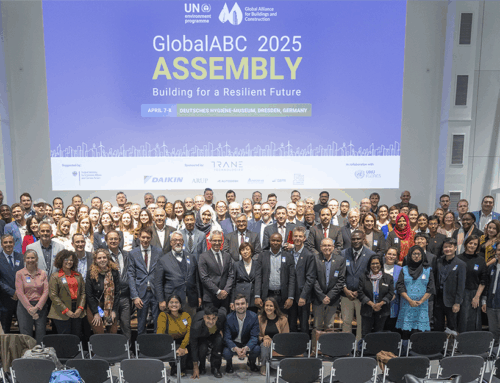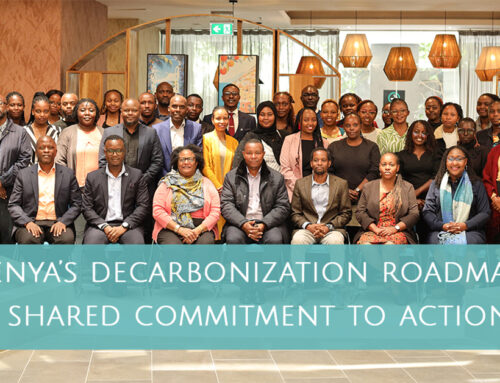[Report] Towards nearly Zero-Energy Buildings (nZEBs) in the EU: Implementing the cost-optimal methodology
On the 15th of March, the Buildings Performance Institute Europe (BPIE), the GBPN EU Hub, released a new report entitled “Implementing the Cost-Optimal methodology in EU countries”. With this new study, BPIE intends to provide guidance on how to effectively implement the cost-optimal methodology at national level based on lessons learnt with practical examples from three EU countries, Austria, Germany and Poland.

EU Context:
The recast Energy Performance of Buildings Directive (EPBD, 2010/31/EU) requires Member States to introduce minimum energy performance requirements for buildings, building elements and technical building systems and set these requirements based on a cost-optimal methodology. This methodology introduces – for the very first time – the prerequisite to consider the global lifetime costs of buildings to shape their future energy performance requirements. Thus, the evaluation of buildings’ requirements will no longer be related only to the investment costs, but will additionally take into account the operational, maintenance, disposal and energy saving costs of buildings, the assessment being then more consistent and sustainable.
The methodology to calculate cost-optimal levels of minimum energy performance for buildings and building elements was established on the Cost-Optimality Commission Delegated Regulation (2010/31/EU), while an additional guidance document on how to implement the methodology at the national level was published by the EU Commission in April 2012. Nevertheless, the EU regulation and guidelines provide Member States a very large degree of flexibility, regarding the selection of input data for the calculation, the reference buildings selection, energy costs, etc.
Key findings:
Convinced that Member States would benefit from additional guidance on the cost-optimality process and on how to use the methodology relating to nearly Zero-Energy Buildings (nZEB) requirements and long-term climate goals, BPIE intends to provide with this report additional practical examples on how to effectively implement the cost-optimal methodology at national level. The main goal is to evaluate the implications of different critical parameters, as well as to share the good practices across EU countries. Three case studies are delivered with the support of consultants from Austria (e-sieben), Germany (IWU) and Poland (BuildDesk), focusing on cost-optimal calculations for multi-family and / or single-family buildings.
The report and case studies demonstrate how ambitious yet affordable cost-optimal energy performance requirements for buildings can be defined and how the transition towards nearly Zero-Energy Buildings (nZEBs) can be supported.
More infor at BPIE’s website
Related Laboratory Projects
Share This Story, Choose Your Platform!
Stay in touch with how we’re transforming the buildings sector
GBPN runs innovative building policy reform programs in key regions around the world that aim to tackle the climate emergency by decarbonising the buildings sector. Stay up to date with our newsletter.
Stay in touch with how we’re transforming the buildings sector
GBPN runs innovative building policy reform programs in key regions around the world that aim to tackle the climate emergency by decarbonising the buildings sector. Stay up to date with our newsletter.






